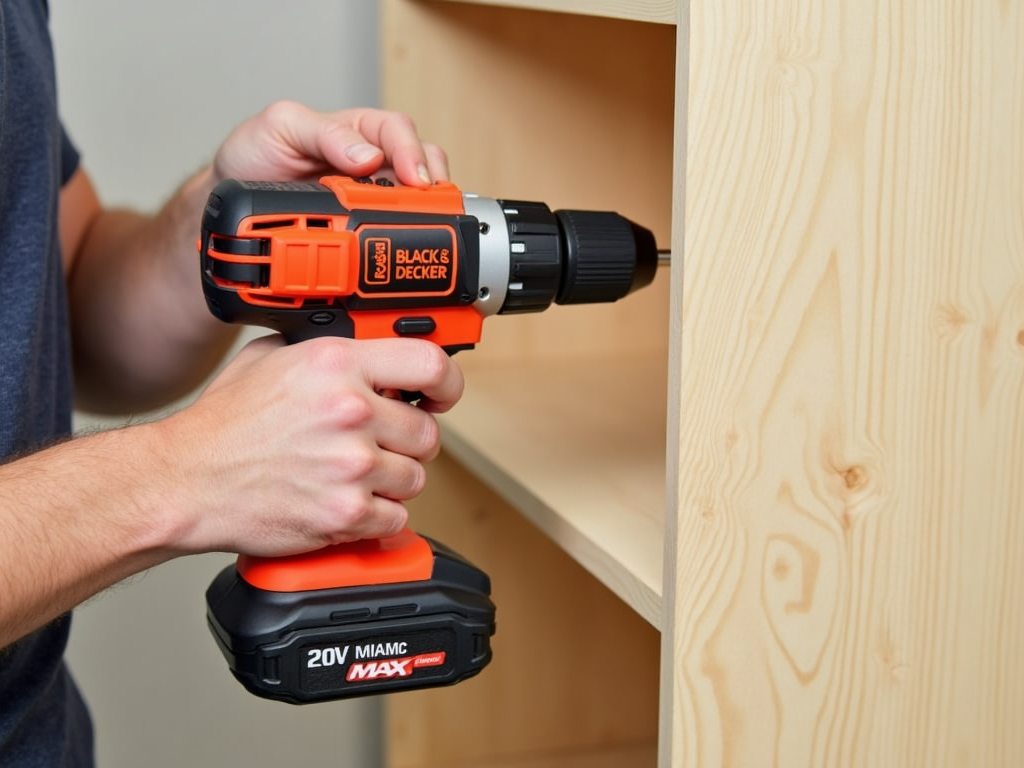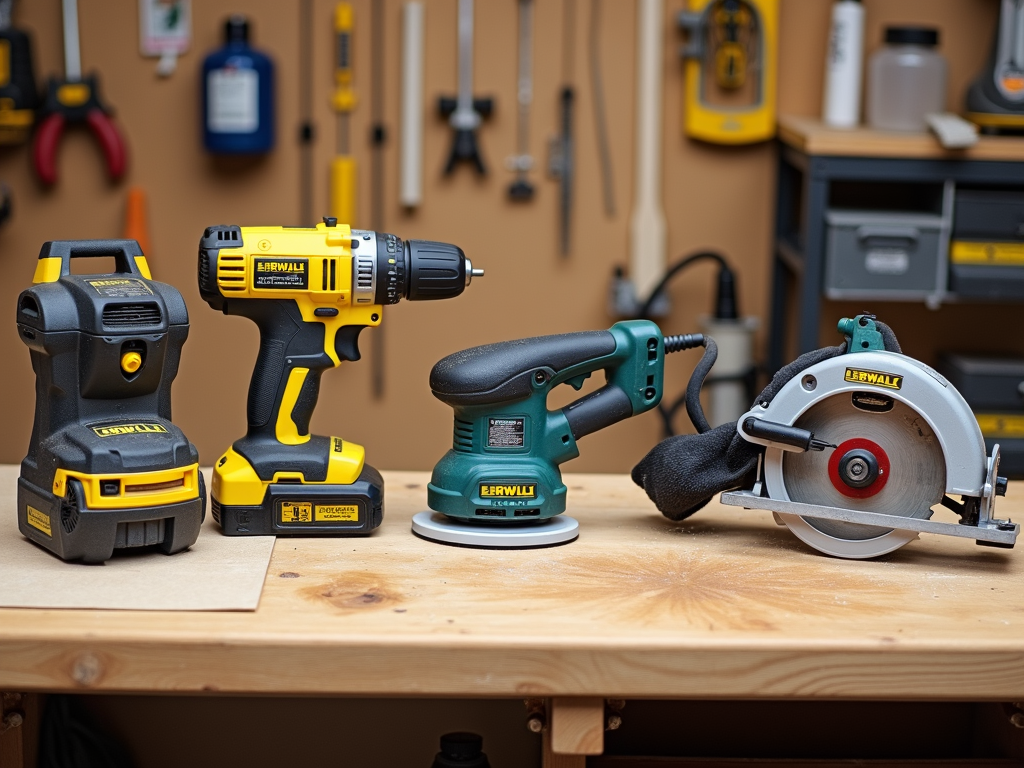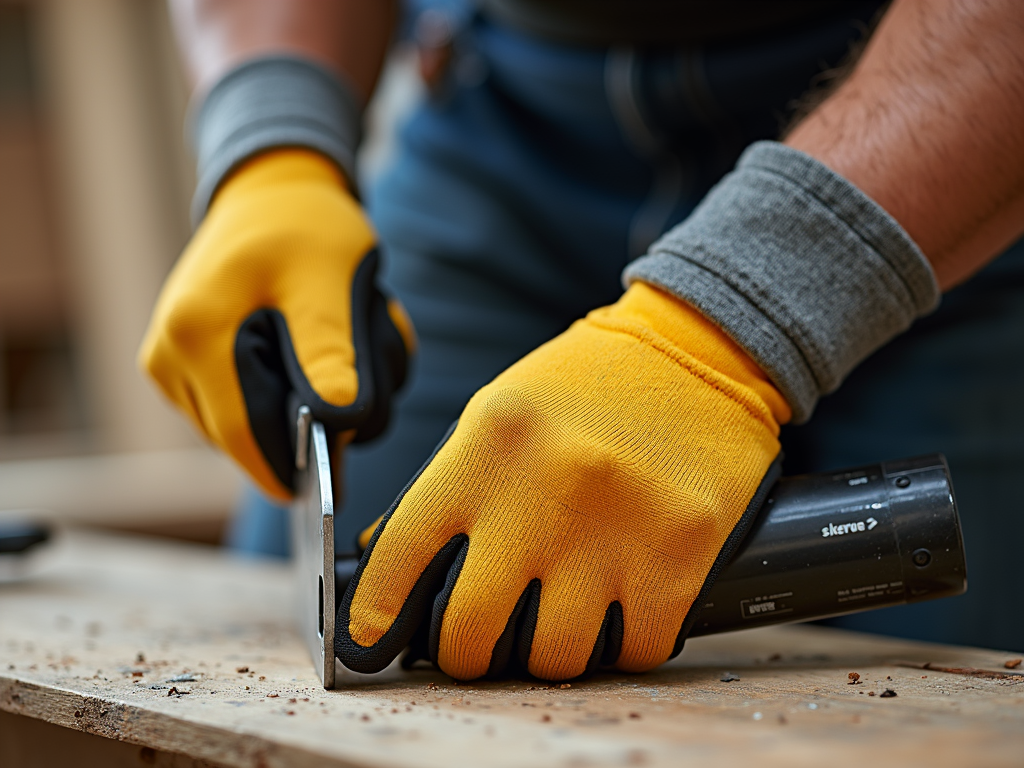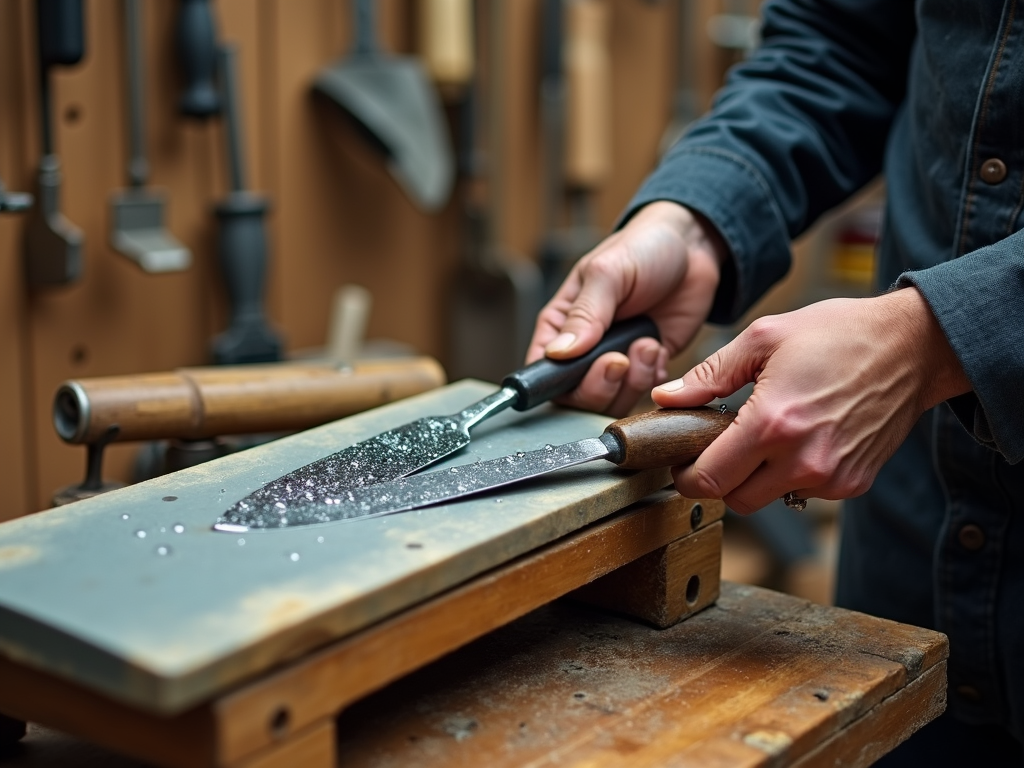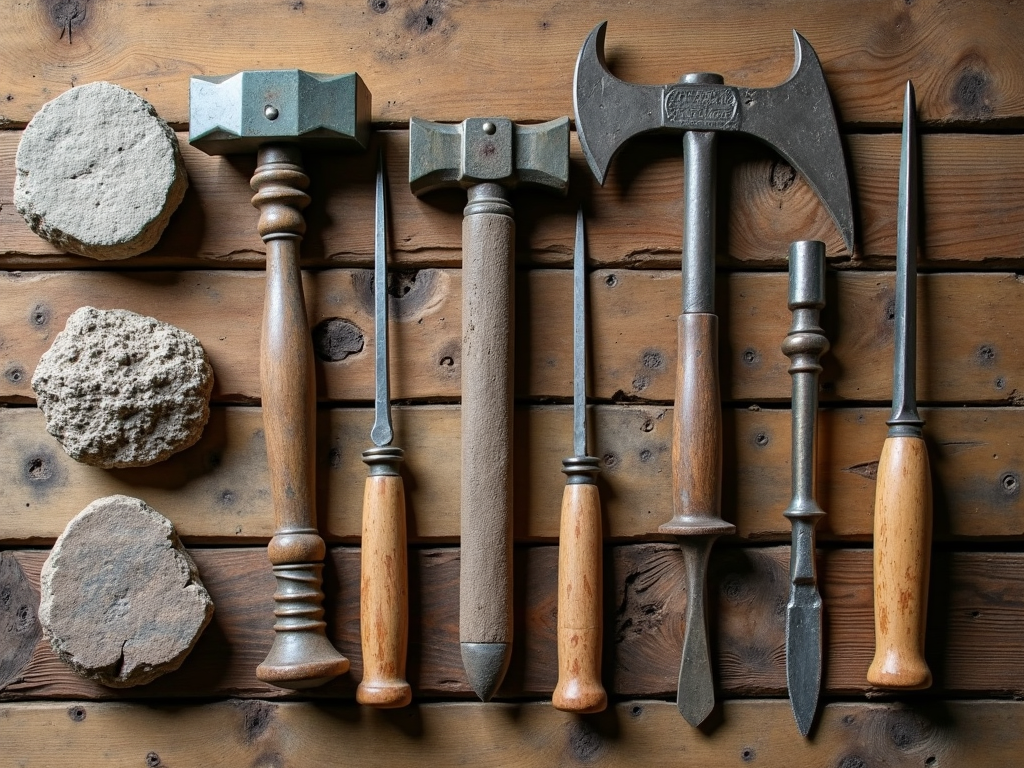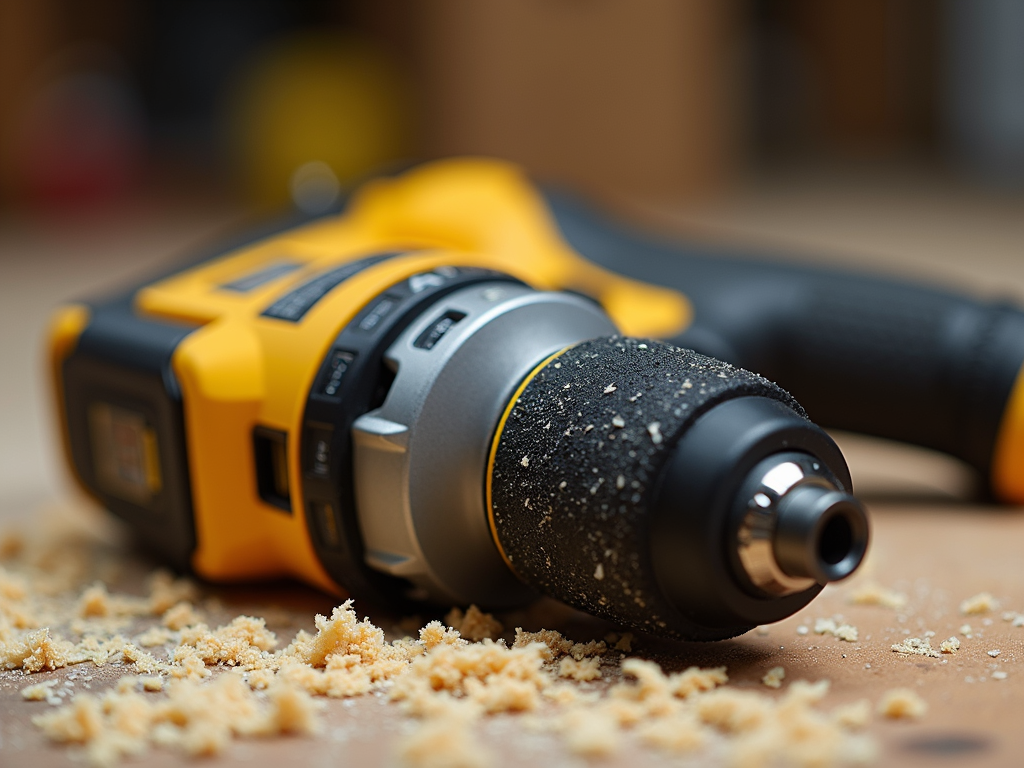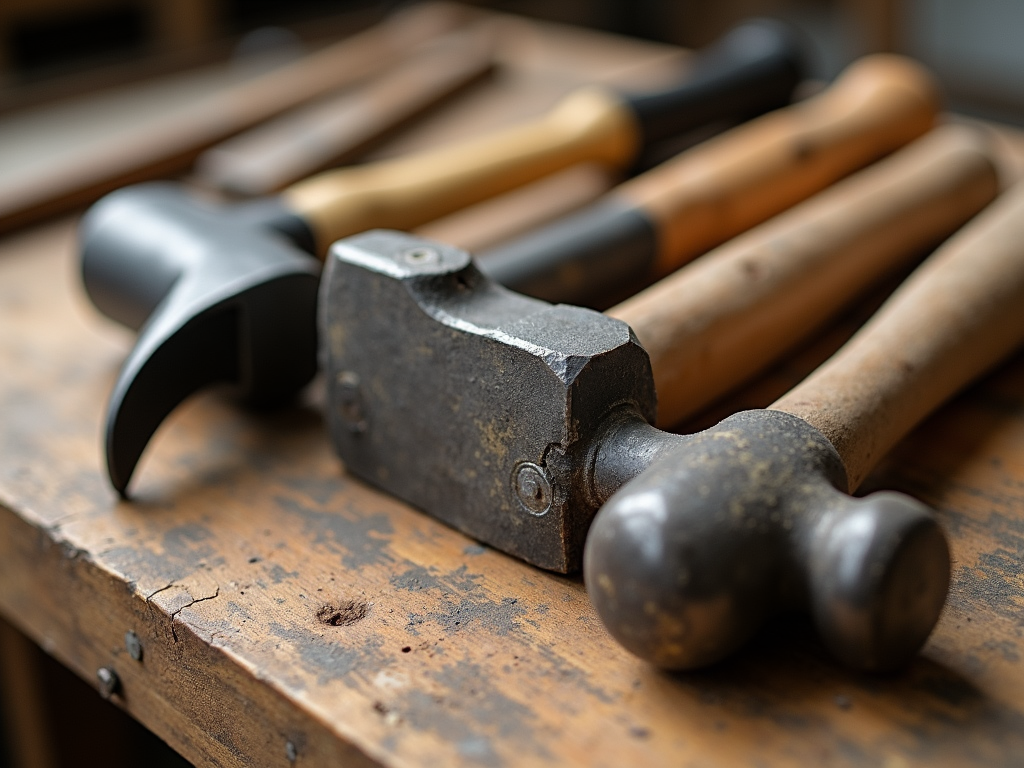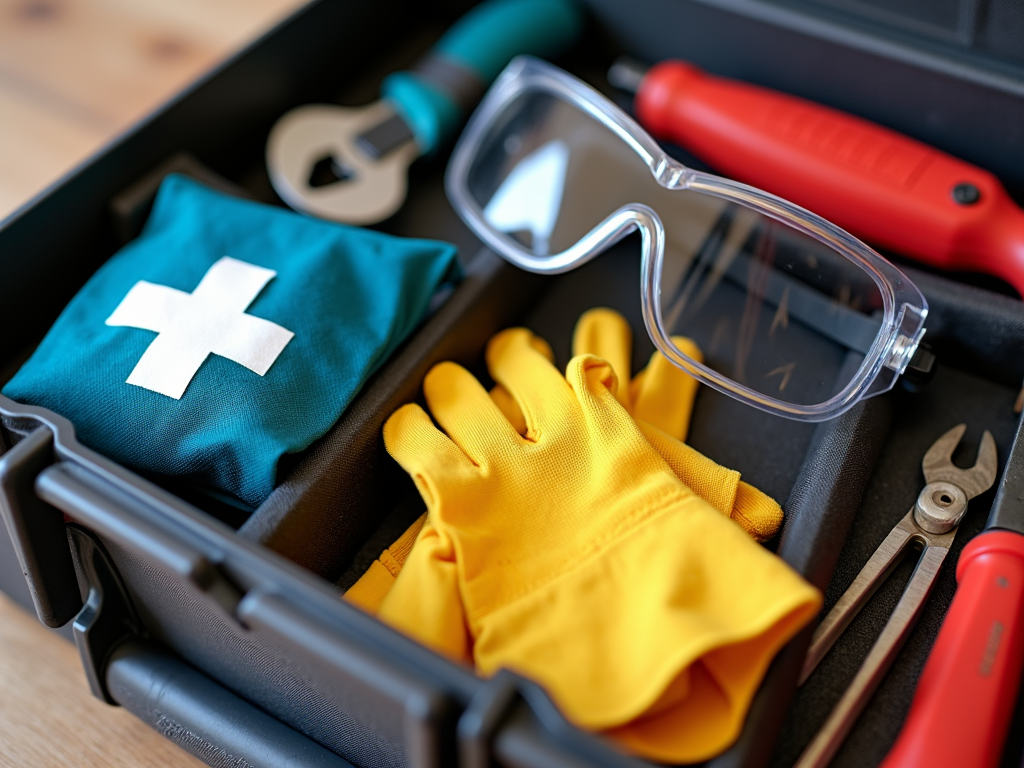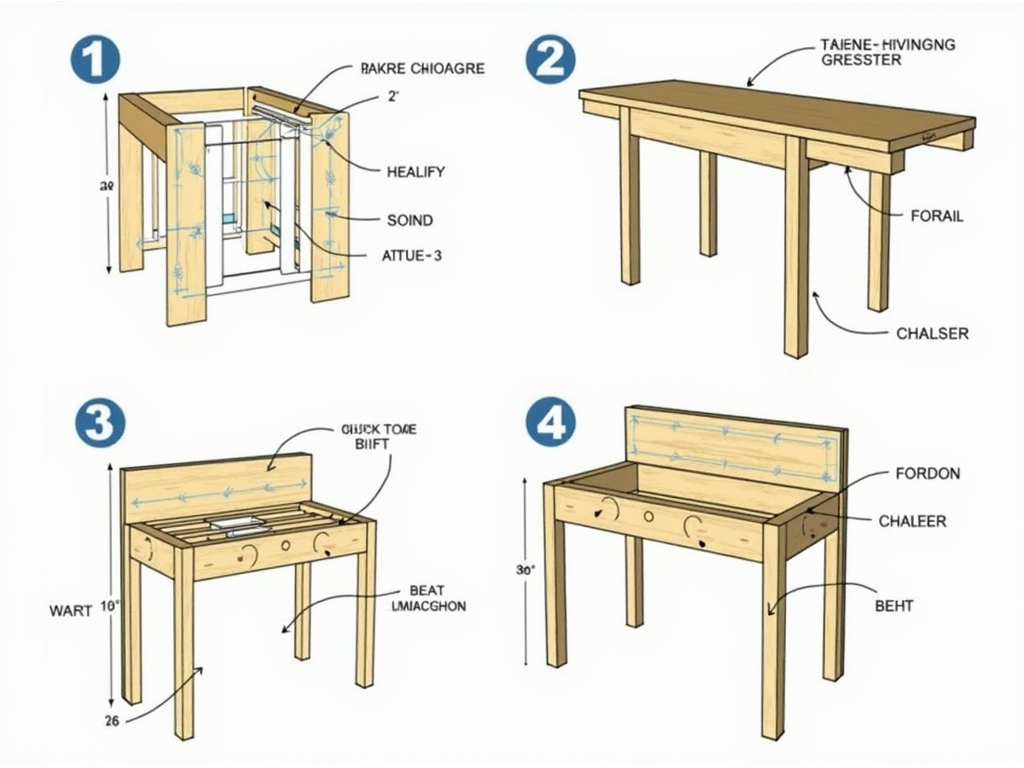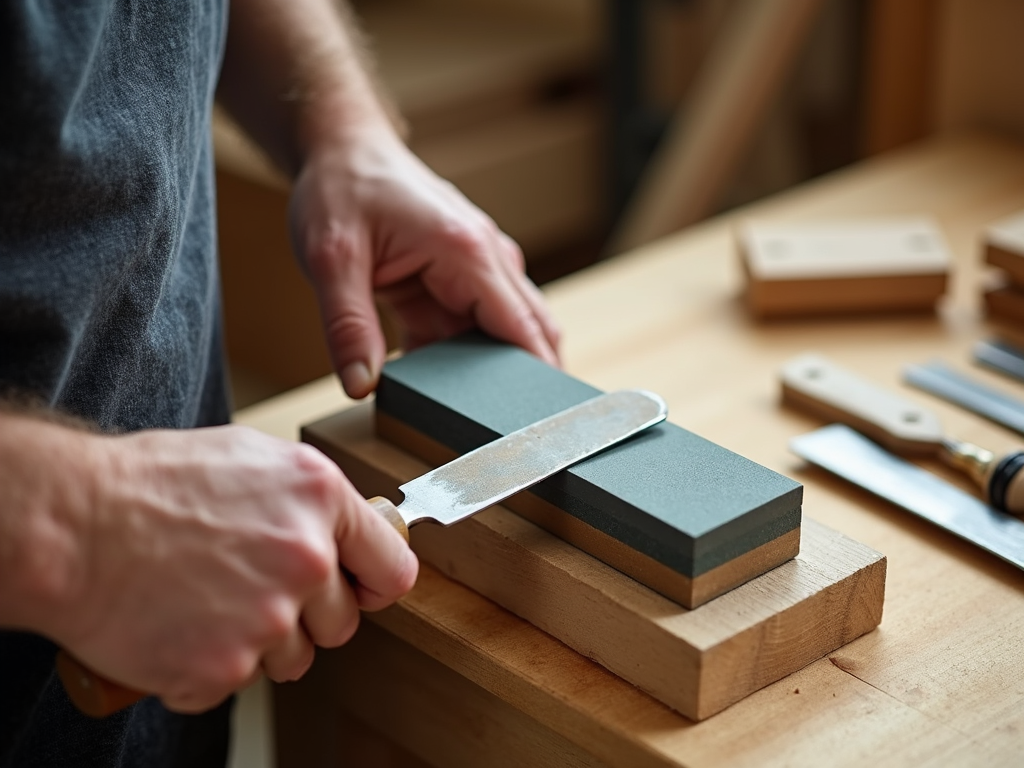Overview
A workbench is more than just a table—it’s the heart of your workshop. Keeping it in top shape boosts your productivity and safety. This guide covers how to maintain your workbench, picking the perfect one, and organizing small spaces smartly. Let’s get started!
Why a Well-Maintained Workbench Matters
Imagine this: You’re in the middle of a project, and your workbench wobbles, or you can’t find your hammer because it’s buried under clutter. I’ve been there, and it’s frustrating. A well-maintained workbench saves time, prevents accidents, and makes work enjoyable. Whether you’re a pro or a weekend DIYer, a solid setup is key.
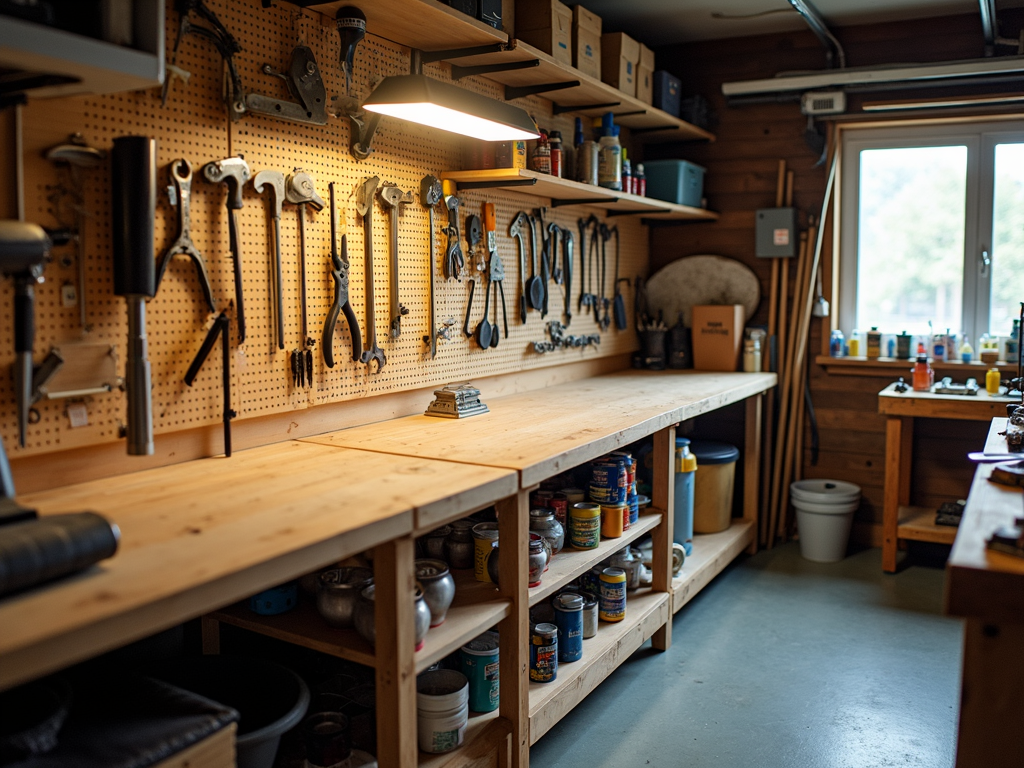
How to Choose the Right Workbench for Your Space
Picking the right workbench sets the stage for everything else. Here’s what to think about:
- Space: Measure your workshop. A huge bench in a tiny room is a hassle, but a tiny one won’t cut it for big projects.
- Material: Wood looks great and feels classic, but metal lasts longer and handles heavy use.
- Extras: Drawers, shelves, or a vise can make life easier.
I once bought a cheap, flimsy bench. Halfway through a woodworking project, it cracked. Lesson learned—invest in quality. Check out this workbench selection guide from the University of North Carolina for more tips.
Types of Workbenches
Here’s a quick breakdown:
| Type | Pros | Cons |
|---|---|---|
| Wood | Warm, customizable | Can dent or warp |
| Metal | Tough, long-lasting | Cold, less cozy |
| Portable | Easy to move | Less stable |
Choose based on your needs, not just price.
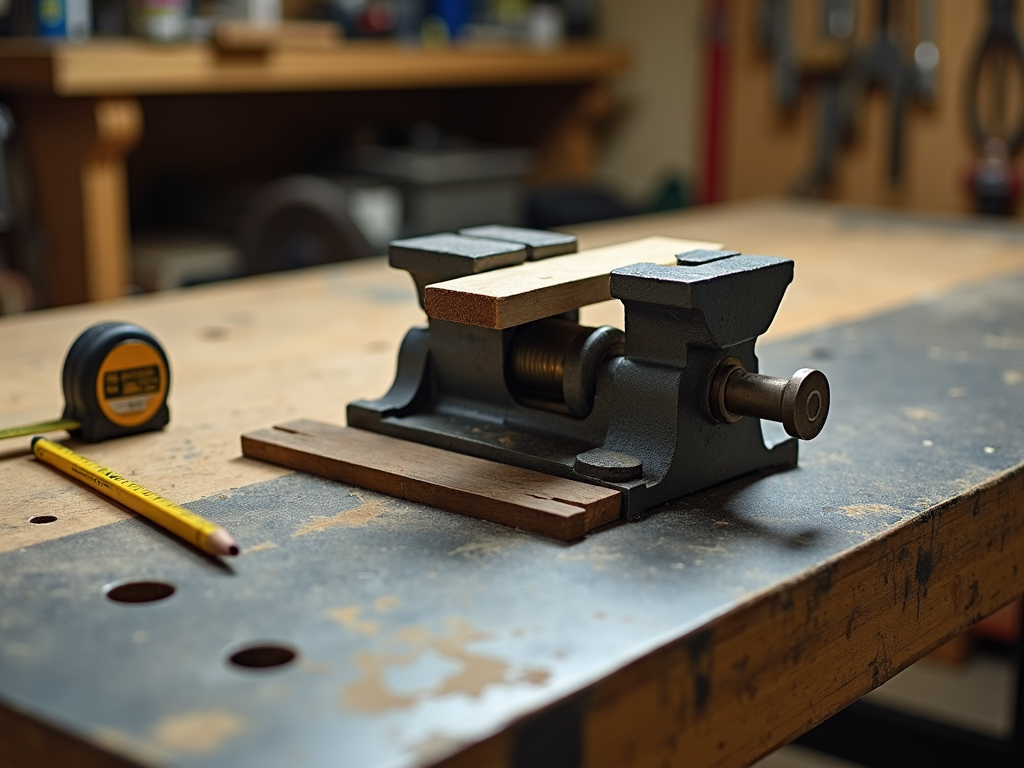
Tips for Organizing Small Workshops Efficiently
Small spaces can work wonders if you’re smart about it. Here’s how:
- Go Vertical: Hang tools on pegboards or hooks. It frees up your bench.
- Group Tools: Keep screwdrivers together, saws in one spot—whatever you use most, keep handy.
- Label Everything: No more digging through drawers. Labels save time.
- Use Rolling Carts: They’re great for moving stuff around in tight quarters.
I used to pile everything on my bench. One day, a drill rolled off and cracked my floor. Now, I’m all about vertical storage—it’s a game-changer.
Must-Have High-Quality Workman Tools for Professionals
A workbench is only as good as the tools on it. Here’s what you need:
- Measuring Tools: Tape measure, ruler—accuracy matters.
- Cutting Tools: A sharp handsaw or utility knife gets the job done.
- Fastening Tools: Screwdrivers and wrenches keep things tight.
- Clamps: A vise or clamps hold stuff steady.
Quality beats quantity. I’ve snapped cheap screwdrivers mid-job—frustrating and costly. Invest in solid gear. This MIT Fabrication Lab tool guide has great advice.
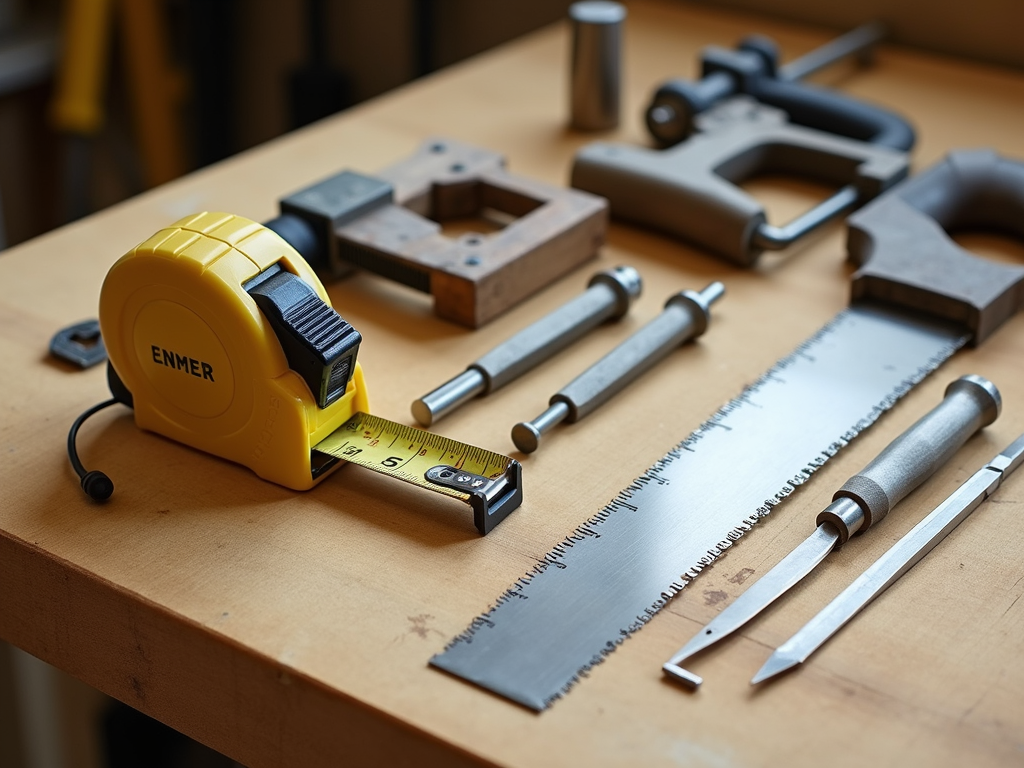
How to Maintain Your Workbench
Here’s the meat of it—how to maintain your workbench. Follow these steps:
- Clean It: After every project, wipe off dust and scraps. A clean surface protects your work.
- Check It: Look for loose bolts or cracks. Fix them fast—I ignored a wobbly leg once, and my project toppled.
- Oil Moving Parts: Drawers or adjustable heights need a little grease now and then.
- Keep It Tidy: Put tools back where they belong. It’s simple but huge.
- Protect It: Use a mat for heavy stuff. Scratches add up over time.
Fixing Common Issues
- Wobbly Legs: Tighten bolts or add braces.
- Warped Top: Sand it down or replace it if it’s bad.
- Rust: On metal benches, scrub it off and coat with rust-proof paint.
A friend once spilled glue and left it. The mess stuck his next project to the bench—don’t skip cleaning!
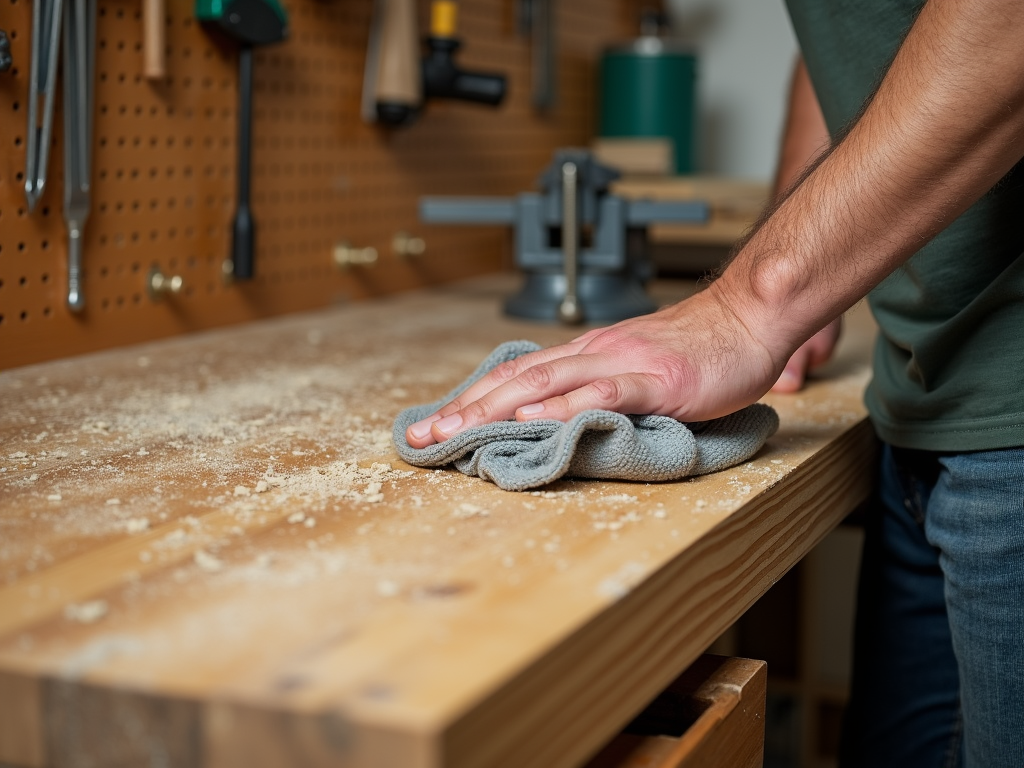
Workshop Equipment Maintenance
Your workshop equipment needs love too:
- Sharpen Blades: Dull tools are dangerous and slow. Keep them sharp.
- Check Power Tools: Look at cords and batteries. I’ve had a frayed cord spark—scary stuff.
- Calibrate Tools: A crooked level messes up everything. Test them regularly.
For more, see this OSHA tool safety guide. It’s a lifesaver.
Personal Tips from Experience
I’ve learned a few tricks over the years:
- Daily Quick Clean: Five minutes after work keeps chaos away.
- Seasonal Deep Check: Every few months, I inspect everything—catches problems early.
- Tool Homes: Every tool gets a spot. No exceptions.
Once, I lost a chisel in a mess and spent an hour hunting. Now, I’m strict about organization.
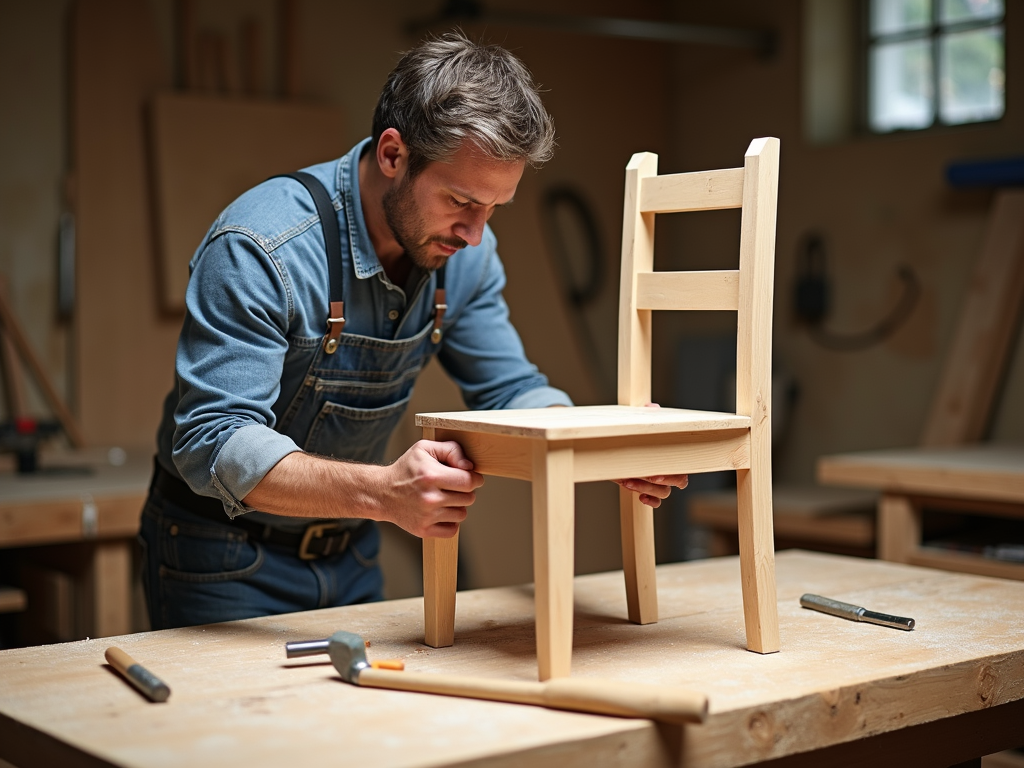
Summary
A great workbench doesn’t just happen—it takes effort. Choose the right workbench for your space, keep it organized, and maintain it regularly. With these steps, your workshop becomes a place where projects thrive. Start small, stay consistent, and watch your work improve!
Related How to Maintain Your Workbench:
- The Impact of Black & Decker on the DIY Movement
- Power Tools for Beginners: A Comprehensive Guide
- Best Tools for DIY Home Painting
- Safety First: A Guide to DIY Safety Gear
- The Ultimate Guide to Tool Sharpening Techniques
- The Evolution of Workman Tools: From Past to Present
- Top Workbench Accessories for Every Craftsman
- Advanced Power Tool Features Explained: Your Ultimate Guide
- How to Use a Hammer Safely: A Comprehensive Guide for Every Workman
- Stay Safe: Top DIY Safety Tips
- How to Build a Sturdy Workbench
- The Importance of Tool Maintenance in Woodworking
